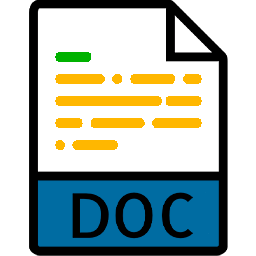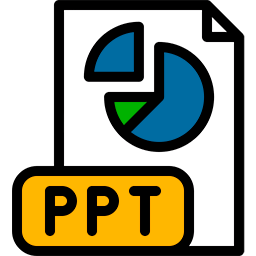
Your goals must be clear, i.e. try to avoid words like “more”, instead use specific numbers. Also set up sub targets, i.e. short- and medium-term goals to achieve on your way to your long-term goal.
Be specific when your goals will be achieved so that you have something clear and visible to work towards. It is important to focus on what is important.
Your goals should be challengeable, thus be inspiring which will give you energy, orientation and consensus. If goals are too hard or impossible to reach, there could be both stress and resignation. So be careful with your goals.
Set up sub targets, i.e. short- and medium-term goals to achieve on your way to your long-term goal. The long-term goal is the final step, when your business is up and going. How long that will take, of course, depends on what kind of business you have started.
A goal is not just only what you are supposed to earn or how much to sell, it is also how to work sustainable, about marketing and to create a good working environment.
Short- and medium-term goals are check-points supporting your long-term goal, for instance it could be when to introduce different aspects in your business.
All the goals should complement the others, short- and medium-term goals should thus support the long-term goal. Each goal; short-term, medium-term or long-term are thus important. One way to keep your spirits up is to think through and write down what will happen when each goal is achieved.


 Play Audio
Play Audio 












